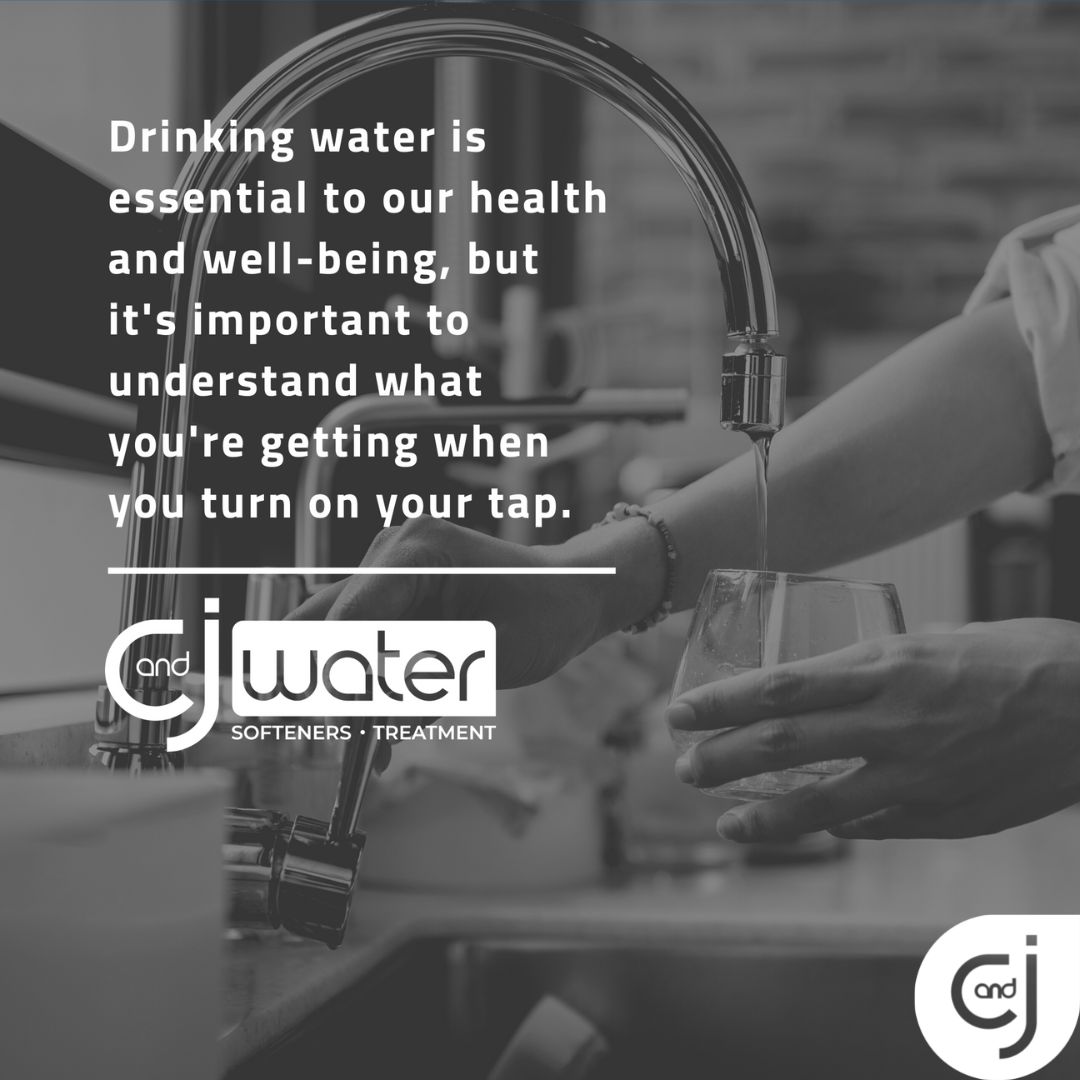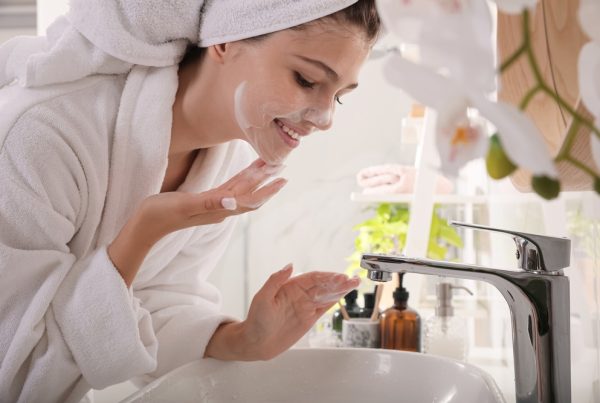 Drinking water is a staple in our day-to-day lives. We all drink it, and we all need it to stay alive. It’s important to take care of your body, starting with what you put into it.
Drinking water is a staple in our day-to-day lives. We all drink it, and we all need it to stay alive. It’s important to take care of your body, starting with what you put into it.
Many people think that drinking water is just washing down some chemicals that have built up in your system. But actually, drinking water can help you stay healthy and strong! Drinking water is essential to our health and well-being, but it’s important to understand what you’re getting when you turn on your tap.
One of the more common questions we get at c and j water is, “do water softeners remove contaminants?” The answer is—yes and no. Water softeners can remove some contaminants from your water, but they won’t remove all of them. A water softener is a device that removes minerals and some metals from hard water. However, it doesn’t remove other substances in the water, such as bacteria, viruses, and other microorganisms. Furthermore, water softeners won’t remove chemicals like PFOA and PFAS (found in Teflon products)—known carcinogens that can build up over time in your body even if you drink low-level doses regularly for many years. Let’s take a closer look at what a water softener will remove from your water and what it will not.
What is a water softener?
A water softener is a machine that uses salt to remove hard minerals from water. They are used in homes, businesses, and industries. Water softeners are commonly used for drinking water systems and irrigation systems but can also be used for industrial processes (such as cooling towers). The most common type of water softener uses ion-exchange resin beads or resins to physically exchange sodium ions with calcium, magnesium, and iron ions found in hard water.
What contaminants could be in my drinking water?
Your drinking water is a source of many essential minerals and nutrients but is also susceptible to contamination.
If you’re unsure what’s in your city water, don’t worry—the EPA has a handy tool called “Tap Water Quality Information,” which allows you to search by zip code. You can also ask the utility company or municipality that provides water services for more information. If you are a homeowner with a private well, you will need to monitor your own water through sampling and testing.
Bacteria is one of the most common contaminants in municipal drinking water, and it usually comes from human and animal waste and certain industrial processes. This contamination harms healthy adults and may pose a risk for people with compromised immune systems or infants who drink formula made with contaminated tap water.
Chlorine is added to our drinking water to kill bacteria and other pathogens. This works really well, but it also has some side effects. For example, chlorine can cause skin irritation and burning eyes when you shower with it or when you swim in a pool treated with chlorine. It can also cause stomach upset and diarrhea if you drink too much of it. There are more serious long-term consequences as well—excessive exposure to chlorine can lead to asthma attacks or even cancer. Chlorine can also react with naturally occurring chemicals in the water, called trihalomethanes (THMs), and form substances known as haloacetic acids (HAAs). if you have an underlying kidney condition or weakened immune system, you may be more susceptible to its effects. People with these conditions are advised not to drink chlorinated tap water.
Nitrates are organic compounds that occur naturally in soil. They can also be produced by fertilizer runoff into lakes and streams from upstream agricultural areas where a town gets its drinking supply (like ours). When high levels of nitrates are present in drinking water, they can make babies younger than six months sick if they ingest too much during breastfeeding or bottle-feeding with formula made with nitrate-rich bottled sources like well water or rainwater harvesting systems.
PFOA (perfluorooctanoic acid) can interfere with calcium absorption by affecting certain proteins in your kidneys. PFOA is used in nonstick cookware, carpeting, clothing, paper products, and firefighting foam. It has been linked to several health problems, such as cancer and thyroid disorders.
PFAS (polyfluoroalkyl substances) are another group of contaminants. PFAS have been linked to health problems, including cancer and liver damage. These chemicals are found in many products, including nonstick cookware, fast food packaging for burgers or fries eaten or takeout containers brought home, cleaning products, furniture upholstery, and carpets.
Manganese may contribute to itchy skin, rashes, and hair loss if you have a well with high levels of manganese. The EPA maximum contaminant level for drinking water is 0.05 mg/L (5 ppb). Most wells do not exceed this amount, but if you think your well may be contaminated with manganese or other heavy metals from nearby mines or rock formations that contain ore deposits, then it would be wise to get a professional test done by an accredited lab so that you can find out for sure what type of treatment system would work best for removing the contaminants from your water source.
You also want to ensure there aren’t any other harmful metals like lead or arsenic in your drinking water. These metals can be toxic if consumed over time because they affect how well our bodies work together as a whole system rather than just individual parts (like bones).
Do Water Softeners Remove Contaminants in Water?
Yes, water softeners remove some contaminants from your water. A water softener replaces the magnesium and calcium in water with sodium ions, resulting in a low-mineral solution easily absorbed by your skin and hair. This process also makes it easier to get rid of soap scum, toothpaste residue, and other deposits on contact surfaces in your home.
The key here is that the contaminants being removed have something to do with minerals in hard water—not just any random chemicals floating around as part of the city water supply or well-water composition. That means there are two main types of contaminants you need to worry about when it comes to whether or not your softener will help—dissolved solids such as calcium and magnesium.
Water softeners remove some contaminants from your water, but you will need additional treatment equipment to remove other pollutants completely.
The most common types of water treatment systems are:
Water Softeners — These systems exchange magnesium and calcium for sodium using a resin bed filled with media particles (like beads). The system effectively reduces hardness levels but does not remove any other kind of contaminant.
Reverse Osmosis Systems — This system uses pressure to force the feed water through a semi-permeable membrane that filters out dissolved solids such as salts and minerals while allowing pure H2O molecules to pass through unchanged. While reverse osmosis will effectively remove many contaminants, it also removes essential minerals like calcium which are important to maintaining healthy bones and teeth.
UV Light Treatment Systems (Ultraviolet Light) — UV light destroys bacteria by causing their DNA to break apart into useless pieces which cannot replicate anymore; therefore effectively killing them off before they can multiply enough times within your home’s plumbing system so as not cause further damage later down the line at point where it enters our bodies!
You will need additional treatment equipment to remove bacteria, chlorine, iron, PFOA, PFAS, etc.
Water softeners can remove minerals like calcium and magnesium but do not remove bacteria, chlorine, iron, PFOA, PFAS, lead, arsenic, or pesticides. To lower the toxicity of your water supply, you will need to install other types of treatment equipment—for example, a carbon filter to remove chlorine and other chemicals found in tap water, a UV light that kills bacteria, or a reverse osmosis system for drinking and cooking.
There are many different contaminants in other parts of the United States. And while it’s impossible to cover all the possible answers here, we hope this article has given you some ideas to consider on your own. If you have any questions about water softeners or other treatment equipment for your home, please contact c and j water today—we’re here to help.




